In this article, we will delve deep into the fascinating world of tropical fruits and explore the intriguing comparison between soursop vs cherimoya. Both fruits are celebrated for their unique flavors, textures, and potential health benefits, making them popular choices among fruit enthusiasts and health-conscious individuals alike. By the end of this comprehensive analysis, you’ll be better equipped to understand the differences and similarities between these two exotic fruits.
The Origins and Cultivation of Soursop and Cherimoya

When discussing any fruit, it’s essential to start with its origins and cultivation methods, as they significantly influence flavor profiles and nutritional value.
Soursop: A Brief History and Growing Conditions
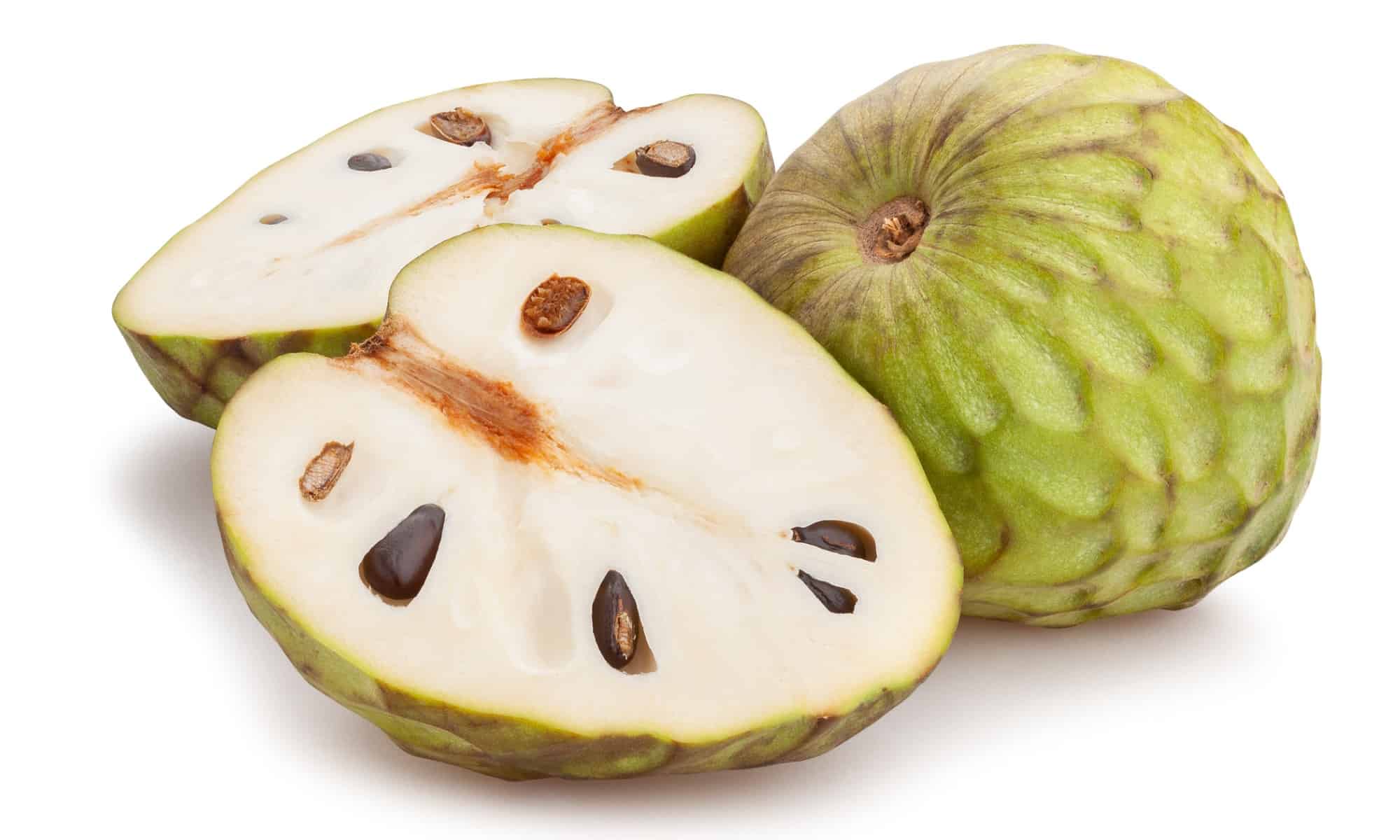
Soursop, scientifically known as Annona muricata, is native to the tropical regions of the Americas and the Caribbean. With its spiky green exterior and soft pulp, it has been a staple in traditional medicine and culinary applications across various cultures. It thrives in warm, humid climates, making it prevalent in countries like Mexico, Brazil, and the Philippines.
Cultivating soursop requires particular care, as it grows best in well-drained soils with plenty of organic matter. The tree can reach heights of up to 30 feet and begins bearing fruit after three to four years. One of the key aspects of soursop cultivation is the need for consistent watering, particularly during dry spells.
Climate Requirements
The ideal climate for growing soursop includes:
- Warm temperatures
- High humidity levels
- Adequate rainfall
These conditions ensure that the soursop tree flourishes, producing sweet and tangy fruits that are prized for their unique flavor.
Harvesting and Usage
Harvesting soursop typically occurs when the fruit turns slightly yellow or brown, indicating ripeness. Once harvested, the fruit can be consumed fresh, juiced, blended into smoothies, or used in desserts like sorbets and ice creams. Additionally, various parts of the soursop tree, such as leaves and seeds, are also utilized in traditional remedies.
Cherimoya: Roots in the Andes
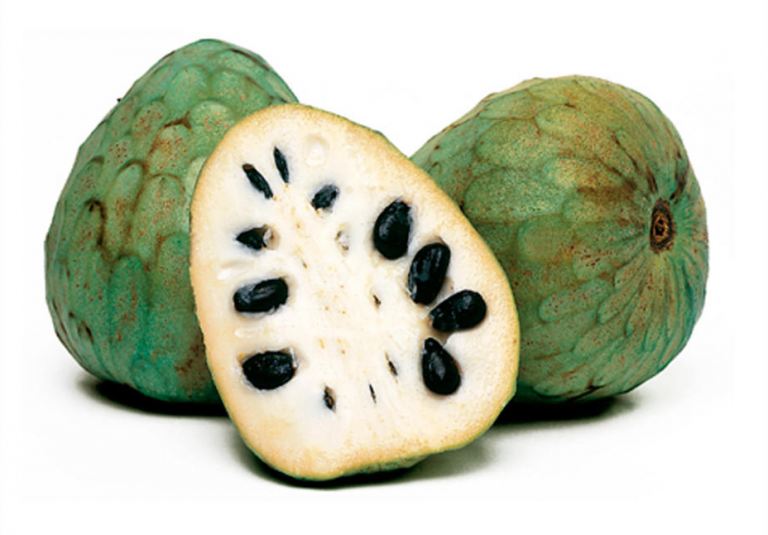
Cherimoya, known scientifically as Annona cherimola, has its roots in the Andean valleys of Peru and Ecuador. Revered for its creamy texture and custard-like taste, cherimoya has garnered a loyal following among fruit lovers. Like soursop, cherimoya prefers warm climates but can also tolerate cooler temperatures, making it more versatile regarding its growth regions.
Cherimoya trees thrive in well-drained sandy loam soils rich in organic matter. These trees are smaller than soursop trees and usually reach heights of around 20 feet. They require regular pruning to maintain a manageable size and encourage better fruit production.
Climatic Preferences
Cherimoya grows best in:
- Mild, subtropical climates
- Areas with moderate rainfall
- Locations with good airflow to prevent fungal diseases
These preferences contribute to the fruit’s luscious, creamy flesh and distinctive flavor.
Harvesting and Culinary Applications
The harvesting process for cherimoya involves picking the fruits when they have a slight give upon gentle pressure. This indicates that the fruit is ripe and ready for consumption. Cherimoya can be enjoyed fresh, blended into smoothies, or incorporated into desserts such as cheesecakes and pastries. Its creamy consistency and sweet flavor make it a delightful addition to various dishes.
Flavor Profiles: How Do Soursop and Cherimoya Compare?

One of the most attractive features of both soursop and cherimoya is their rich and complex flavor profiles. In this section, we will take a closer look at what sets these two fruits apart in terms of taste.
Soursop’s Unique Tanginess
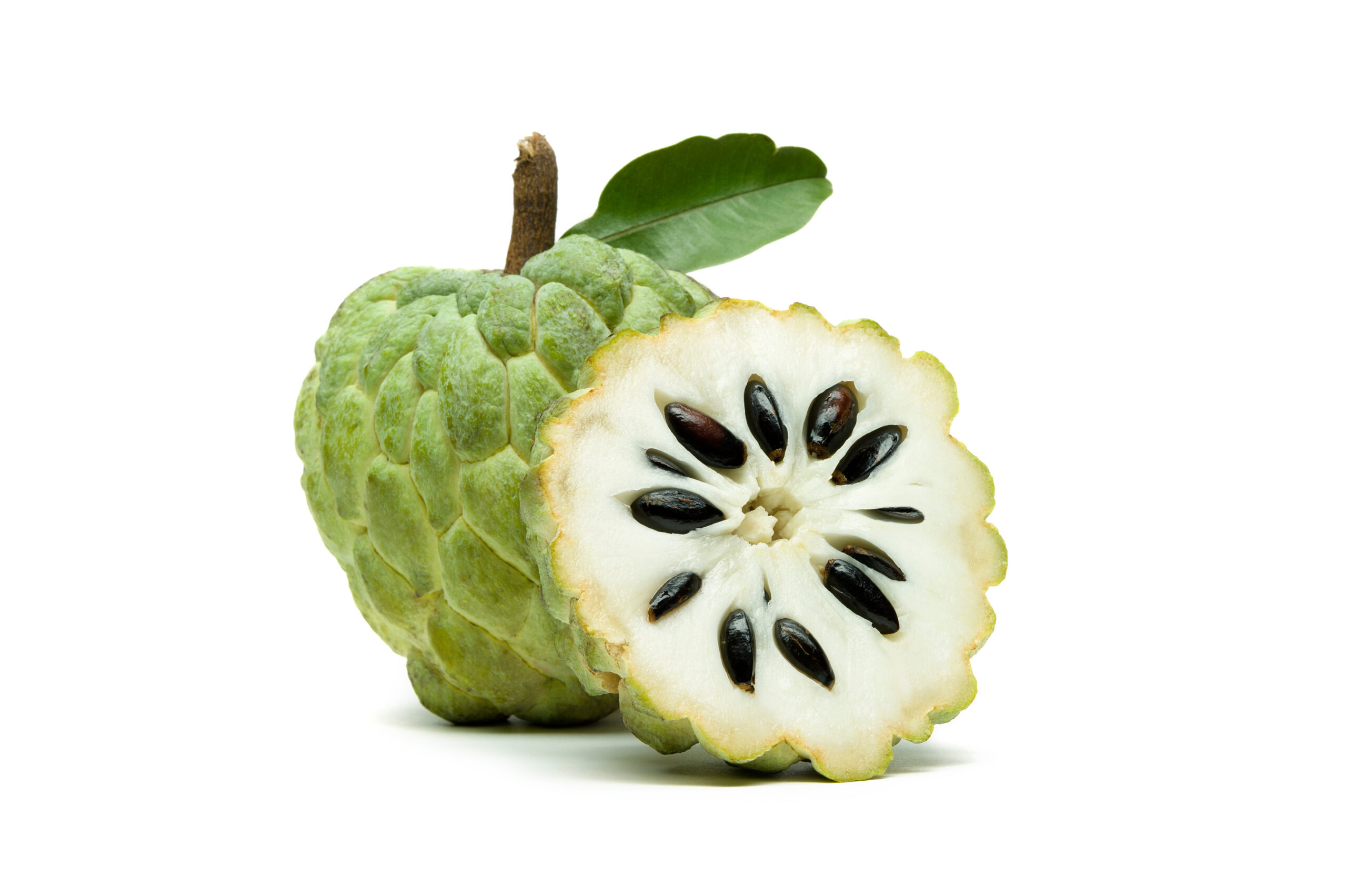
Soursop is renowned for its combination of sweet and sour flavors, often likened to a blend of pineapple, strawberry, and citrus notes. This unique taste makes it an exciting option for those who enjoy vibrant and bold flavors in their fruits.
The texture of soursop is another noteworthy aspect – its flesh is soft and fibrous, providing a pleasant mouthfeel. When eaten fresh, the fruit’s flavor can vary depending on ripeness, with fully ripe soursop exhibiting a sweeter profile compared to its slightly under-ripe counterparts.
Culinary Uses of Soursop
Soursop’s versatility in the kitchen is one of its greatest assets. You can use it in:
- Smoothies
- Juices
- Desserts
Due to its strong flavor, it pairs well with other fruits, herbs, and even in savory dishes, creating exciting combinations that tantalize the palate.
Cherimoya’s Creamy Sweetness
Contrarily, cherimoya boasts a soft, custard-like texture, resembling that of a ripe avocado or banana. This fruit is primarily sweet, with nuances of vanilla, banana, and sometimes even hints of cinnamon. The delicate balance of sweetness makes cherimoya exceptionally appealing to anyone who enjoys rich, creamy fruits without the tanginess found in soursop.
The flesh of cherimoya is smooth and easily scooped out with a spoon, making it a convenient option for snacking or adding to recipes.
Culinary Uses of Cherimoya
Cherimoya shines in various culinary applications:
- Eaten fresh
- Added to smoothies
- Incorporated into desserts
Its creamy, sweet nature allows it to complement both sweet and savory dishes, elevating the overall dining experience.
Nutritional Benefits: Soursop vs Cherimoya
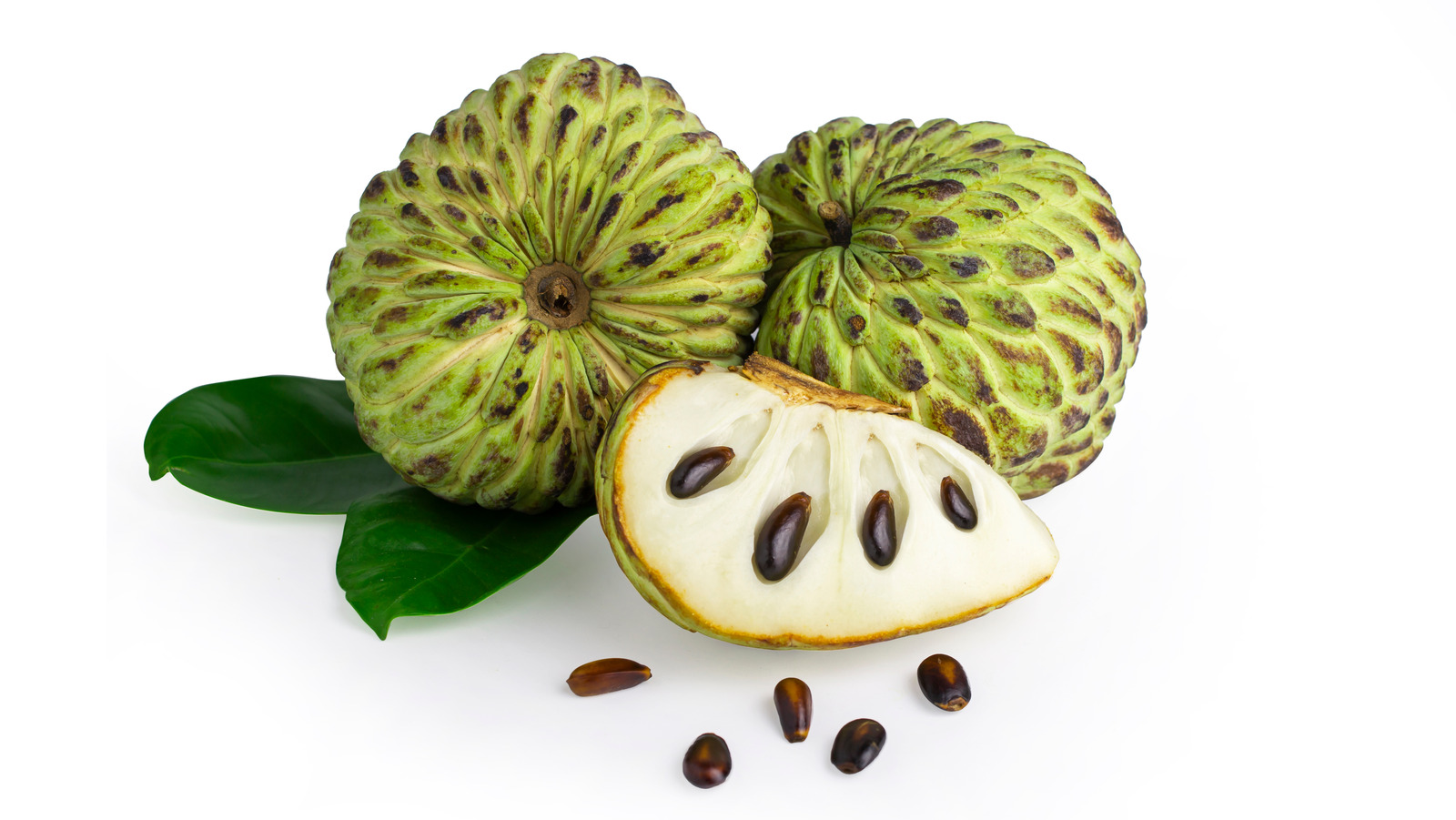
Both soursop and cherimoya offer a range of nutritional benefits that contribute to their popularity among health-conscious eaters. Let’s take a closer look at the nutrients each fruit provides and how they may benefit your health.
Soursop: A Nutritional Powerhouse
Soursop is packed with various vitamins and minerals, making it a valuable addition to a healthy diet. Some notable nutrients found in soursop include:
- Vitamin C
- Potassium
- Fiber
The high vitamin C content aids in boosting the immune system, while potassium may contribute to heart health and proper muscle function. Furthermore, the dietary fiber in soursop supports digestive health, promoting regularity and reducing the risk of constipation.
Health Benefits of Soursop
In addition to its nutritional profile, soursop has been linked to several health benefits. These include:
- Antioxidant properties: Soursop contains compounds that combat oxidative stress in the body.
- Anti-inflammatory effects: Some studies suggest that the fruit may help reduce inflammation, potentially benefiting those with chronic conditions.
- Traditional medicinal uses: Various cultures have used soursop for its purported anti-cancer properties, although further research is needed to confirm these claims.
Cherimoya: Nutritional Richness
Cherimoya also boasts an impressive nutritional profile, providing essential vitamins and minerals. Key nutrients found in cherimoya include:
- Vitamin B6
- Vitamin C
- Copper
Vitamin B6 plays a vital role in brain health, while vitamin C contributes to collagen production, skin health, and immune support. The copper found in cherimoya is crucial for red blood cell formation and iron absorption, promoting overall health.
Health Benefits of Cherimoya
In addition to its nutritional richness, cherimoya may provide various health benefits:
- Antioxidants: Cherimoya contains powerful antioxidants that protect the body from free radicals.
- Digestive support: The fiber content in cherimoya promotes gut health and may aid in digestion.
- Energy boost: The natural sugars present in cherimoya provide a quick energy boost, making it an excellent choice for a pre-workout snack.
FAQs about Soursop and Cherimoya
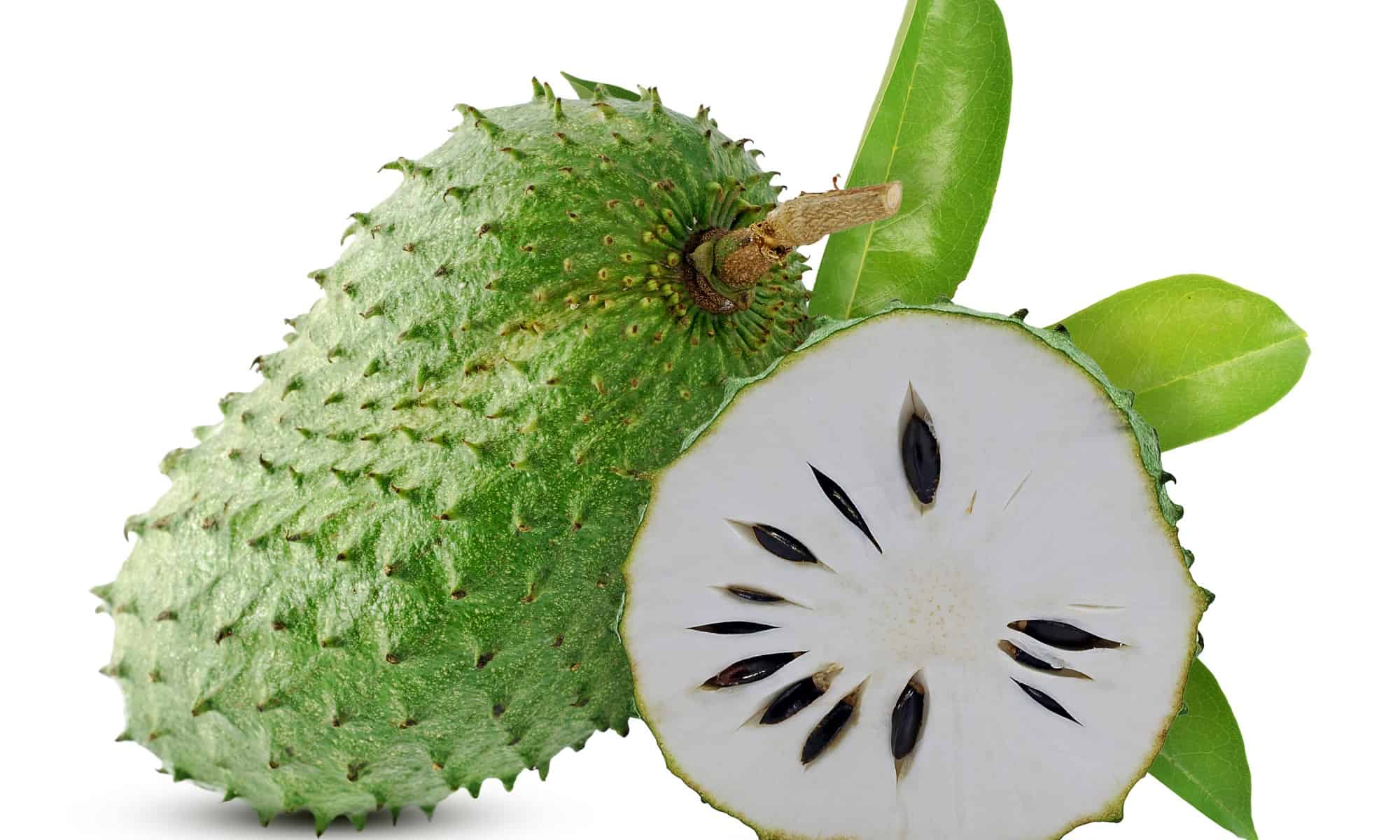
What is the primary difference between soursop and cherimoya?
The primary difference lies in their flavor profiles. Soursop offers a sweet and tangy taste, while cherimoya is predominantly sweet and creamy.
Are soursop and cherimoya related?
Yes, both soursop and cherimoya belong to the Annonaceae family and share similar characteristics, but they are distinct species.
Can soursop and cherimoya be eaten raw?
Absolutely! Both fruits can be enjoyed fresh, straight from the peel. They are delicious additions to smoothies or desserts.
How do I know when soursop and cherimoya are ripe?
A ripe soursop will feel slightly soft and yield to gentle pressure, while a ripe cherimoya will also have some give and emit a sweet aroma.
Is there a nutritional advantage to choosing one over the other?
While both fruits are nutritious, soursop is higher in vitamin C, while cherimoya provides more vitamin B6. Your choice should depend on your specific nutrient needs.
Video
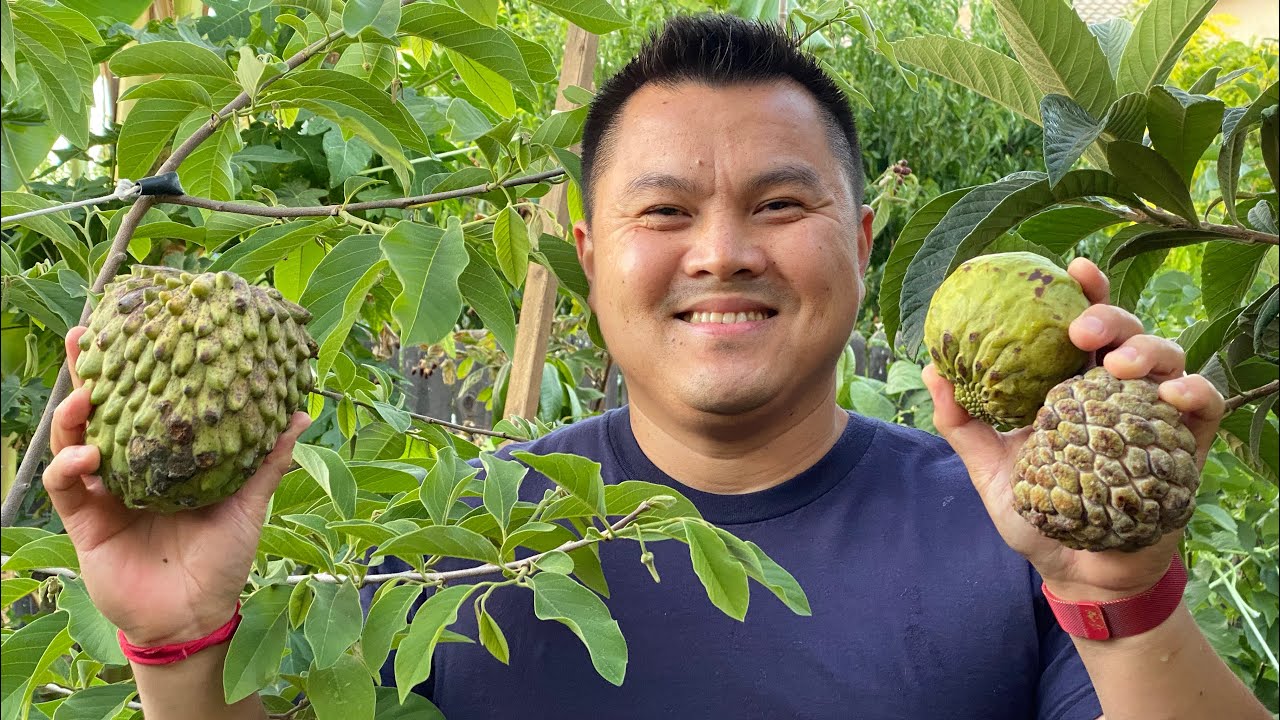
Conclusion
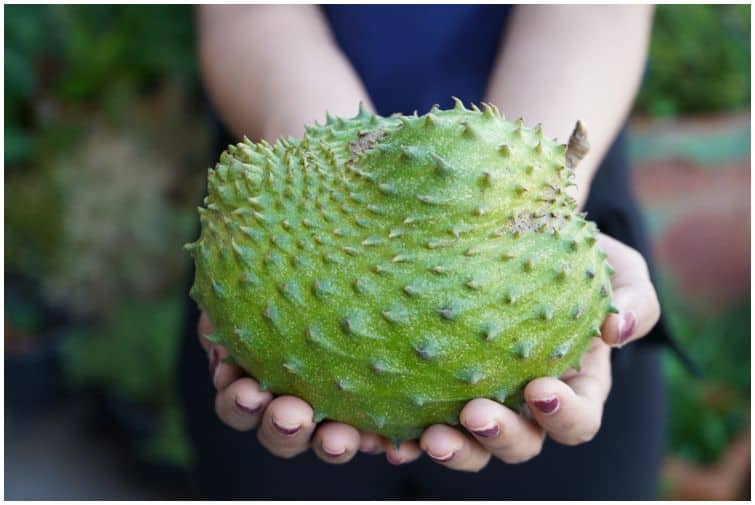
In conclusion, the debate around soursop vs cherimoya presents an opportunity to explore two unique tropical fruits, each with its own distinct characteristics and culinary applications. While soursop captivates with its tangy-sweet flavor and numerous health benefits, cherimoya delights with its creamy texture and indulgent sweetness. Ultimately, your preference may come down to personal taste, but both fruits deserve a place in your diet, offering delicious flavors and numerous health advantages. Whether you choose to enjoy them fresh, blended, or incorporated into recipes, soursop and cherimoya are sure to bring a taste of the tropics to your table.